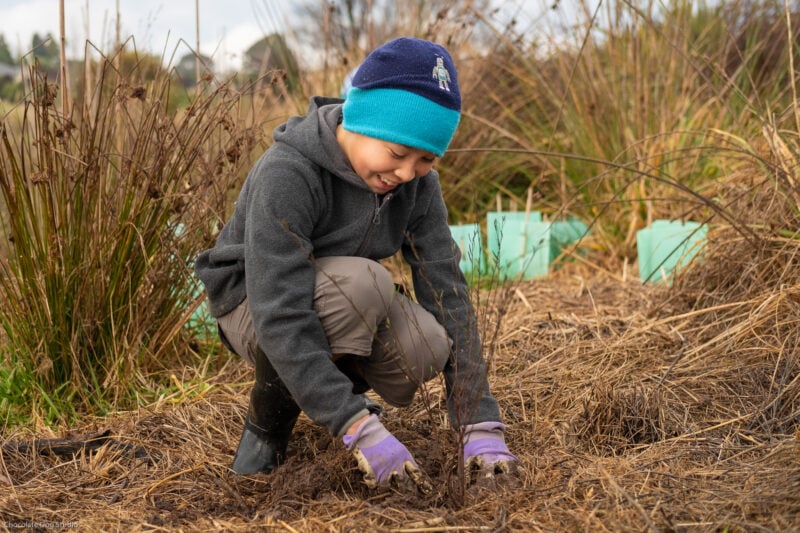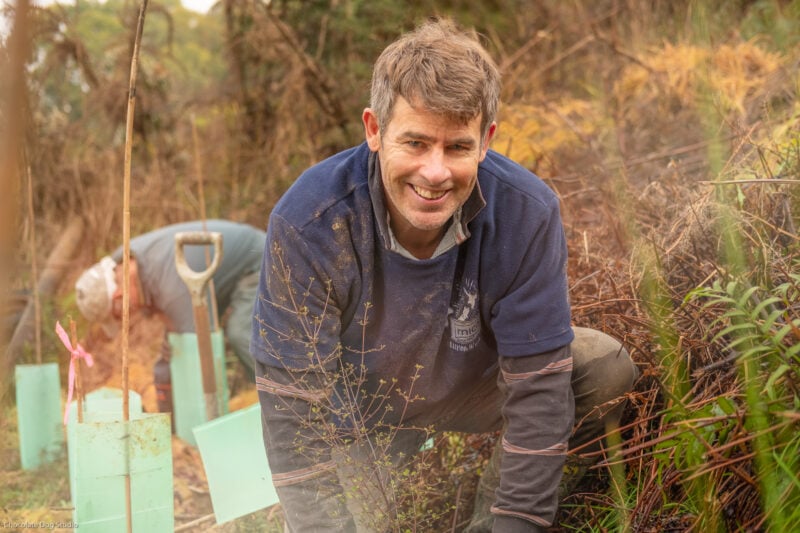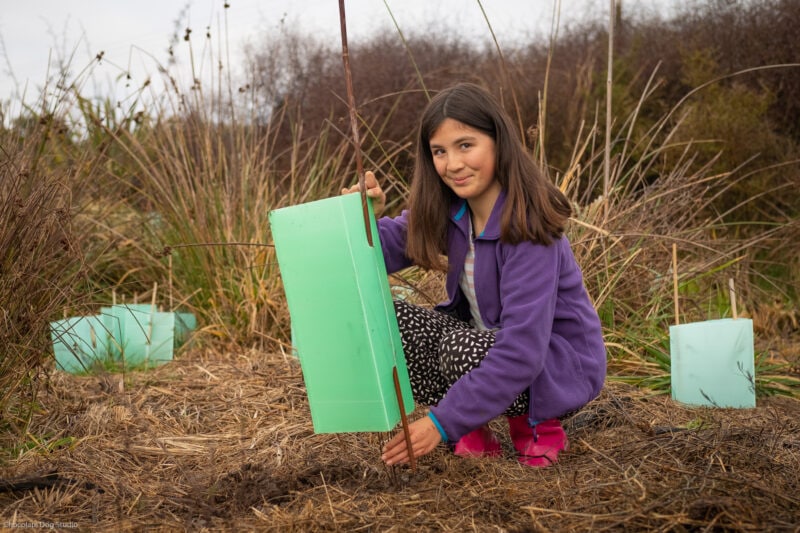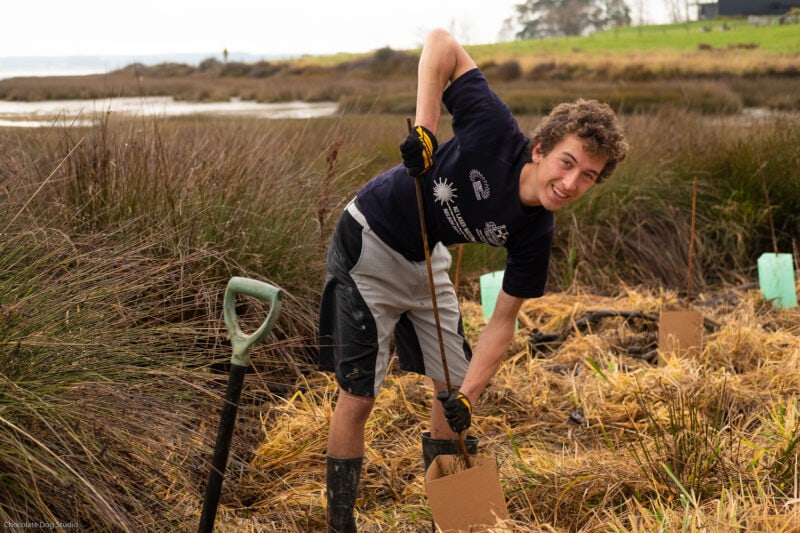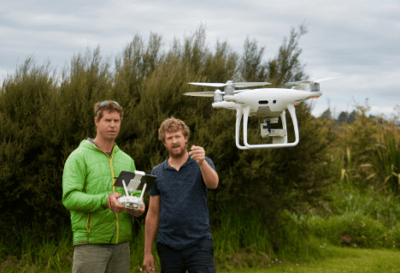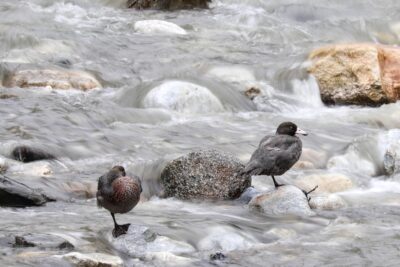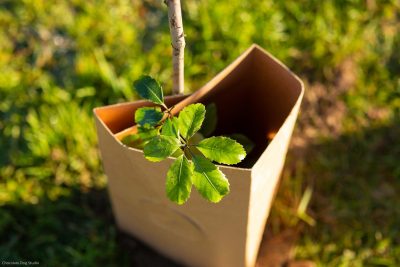How far apart should your plantings be? Should you tease out the roots of your plants before sticking ‘em in the hole? What about filling the hole in again—should you mound up the soil, keep it level, or create a dish?
There’s a lot of conflicting info out there when it comes to planting native plants for restoration work, and that’s understandable. Conditions vary from place to place and ecology to ecology. Some plants are super tough; others need a little more care. So there’ll probably never be one set of guidelines that’s going to cover everything.
But we’re going to have a crack at it anyway. Tim Le Gros of Titoki Nursery has extensive knowledge of local growing conditions and a ton of experience at raising native plants that do well in our varied Nelson Tasman ecologies. Tim and his team are supplying many of the plants for this 2021 season. In amongst everything he’s doing at this busy time of year, he kindly agreed to give us some pointers for planting native plants to pass on to you. Here’s what he had to say…
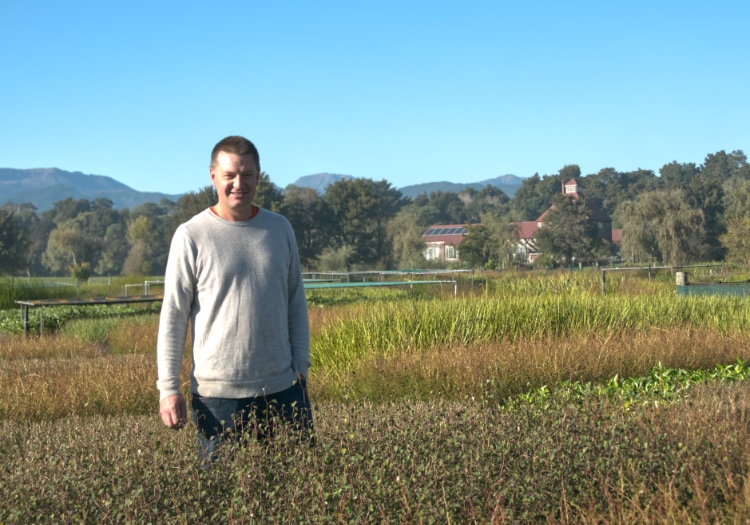
PRE-PLANTING CARE
Plants being picked up now are going to be fine in their rootrainers for this whole planting season. It’s just a matter of not letting them dry out. To be honest, at this time of year, if it doesn’t rain the plants will only need water a couple of times a week, because everything stops growing now and they don’t use so much water. We try to harden plants off at the nursery, exposing them to all the elements, so it’s important not to store them in too much shelter and shade.
The good thing with the rootrainers is you can either open them up or look in the sides and see very easily if they’re dry or wet. On the day you’re planting, make sure they’re fully soaked. Stick them in a stream or in a fish bin and fully submerge them—let all the air bubbles come out and then you’ll know they’re saturated.
On the day they get planted they’re not going to get watered in, like it’s your house garden or your vege garden. So make sure the roots are well soaked before they go in the ground. You don’t want to be planting things that are half-dry, and then have it not rain for a week.
Once they’re in the ground, they don’t dry out nearly as quickly and do not need irrigation. When they’re in the containers, out of the ground, they do dry out a lot faster.
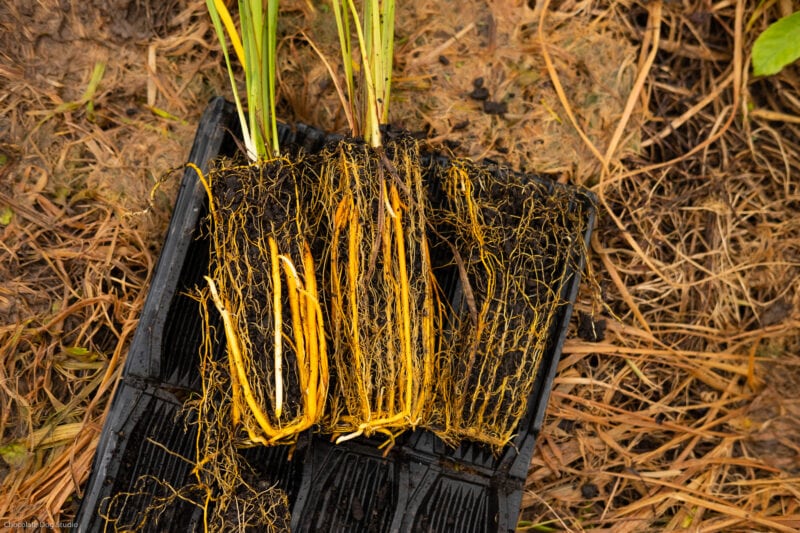
PLANTING DISTANCE FOR NATIVE PLANTS
This decision’s reached at by balancing the weed control period and plant density. With revegetation we are primarily trying to create shade, which reduces weed competition and enables natural processes to take over.
Twenty years ago, people were planting 2.5 metres apart. It used to take 4–5 years of release spraying before they shaded out the weeds. Now it’s balanced out at about 1.2 m–1.5 m. This reduces your weed spraying to 2–3 years. That’s important because maintenance is normally where projects can fall down. It’s easier to get the plants in the ground than find willing helpers to spray and keep the weeds away.
Most weeds are light-dependent. Get rid of those and things will sort themselves out. Rank grasses are the worst weeds for choking and competing with plantings. Some even exude toxins to reduce the growth rate of other species, so weed-eating is not a good method for weed suppression.
A good rule of thumb is 1.5 m spacing for general planting and 1 m for grasses. Estuarine plantings usually involve salt marsh ribbonwood or rushes or things that you’d plant a bit closer as well.
DEPTH OF THE HOLE
This should be a bit deeper than the root so there’s some friable soil for the roots to settle into. You can’t just do the old pine tree ‘slot and stomp’; you need to make the soil going into the holes as crumbly as possible. If it’s clay and crappy, break it up with your spade as much as you can. You’re just trying to get a little bit of something nice for the new roots to head off into and then they’re fine.
WIDTH OF THE HOLE
For rootrainers, a spade width is okay— about 200 millimetres.
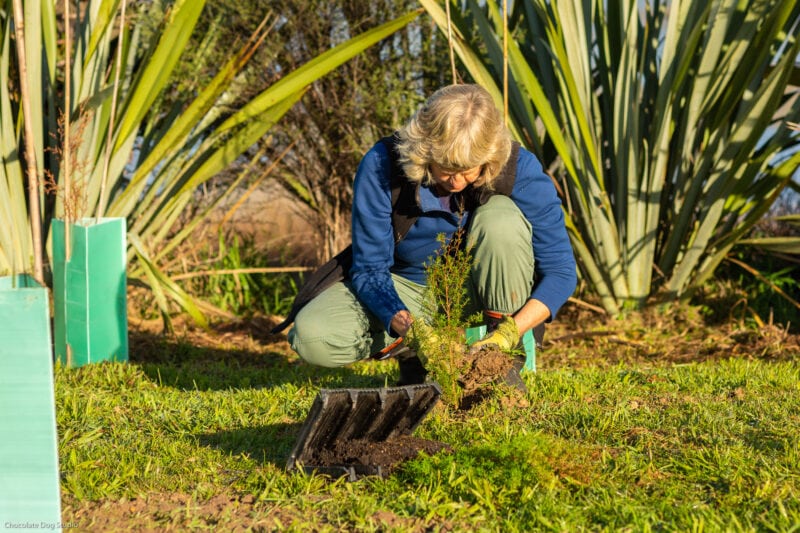
SHOULD THE BACK-FILL SHAPE BE CONCAVE, CONVEX OR LEVEL?
Generally, slightly concave is a good idea. Be careful not to bury the stems of woody plants too deeply—no deeper than they are in their rootrainer sleeves. A concave “dish” creates a little water-well to help rainfall soak in, rather than run off. To achieve this on a hill slope, cut a wedge out of the hill first, then dig your hole.
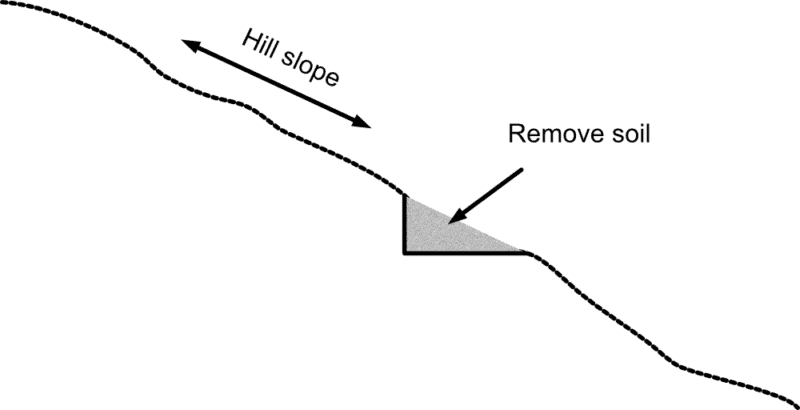
ARE FERTILISER TABS NECESSARY WHEN PLANTING NATIVE PLANTS?
It depends a bit on where the plants come from, because some nurseries use either a six-month or a nine-month fertiliser. Our plants don’t need them because we use a controlled-release fertiliser that lasts about 14 months.
You don’t want to be fertilizing plants now, going into winter, as you’ll be creating soft new growth. In springtime, if you notice leaves are yellowing from the base, that’s the time to top dress. But natives aren’t very hungry; they’re colonising plants that don’t need a lot of fertiliser.
Revegetation projects that we manage don’t ever get fertiliser tabs put in them. It’s different if you’re planting in sand dunes, like at Tahuna Beach or Rabbit Island. That’s the only instance where it’s normal to put fertiliser in.
Generally I would say don’t put anything in the hole unless you’re planting in sand.
SHOULD YOU TEASE OUT ROOTS BEFORE PLANTING?
It’s a bit different with different species. Carex, mānuka or Hebe, for example, have very fibrous roots that may need loosening or cutting off at the base. Pittosporum, on the other hand, generally need to be handled carefully as their roots are slower establishing.
The rootrainers are a really good system because the roots aren’t going round and round, like they are in pots or PBs (planter bags). That’s why we use them. Plus, our new PlantPaper machine can completely air-prune the rootball through the growing system, so there’s no issue with roots growing where they shouldn’t.
If you’re using older rootrainer stock or you’ve held them on for a few months at home, you can either cut the very bottom inch off with a spade or tease them apart gently. But if you’re planting pots and the roots are going round and round, you really do have to get in and cut them off or they’ll end up strangling themselves.
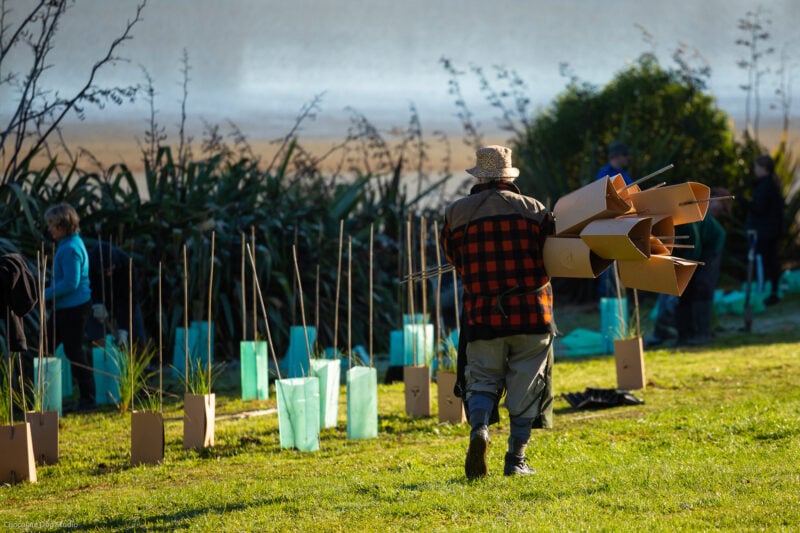
WHY SHOULD YOU STILL USE STAKES EVEN IF YOU’RE NOT USING A GUARD?
It just helps you find them. If someone isn’t totally on top of their weed control, it’s very easy to lose plants in the grass. When you come through with your sprayer, you’ll always find a bamboo stake that’s 90 centimetres high. But plants that are 30 or 40 centimetres high can very easily get choked in the grass, or you can step on them as you’re walking through looking for them.
The guards are pretty expensive and sometimes you don’t need them but a 20-cent bamboo stake is worth doing!
PLANTING NATIVE PLANTS AFTERCARE
Weed control makes a huge difference to the growth rates. On some sites, if you keep the weeds at ground zero for 18 months, you’ll have plants at shoulder height. Grasses are really bad at choking plants and restricting growth. So when you’re planting small grades and rootrainers, it’s really important to keep the weeds away—often three or four sprays in the first year after planting. Then it diminishes to maybe two, and then one, hopefully. That’s why, if you plant closer together, you’re going to start shading out those weeds quicker.
NEED ALL THIS INFO SUMMARISED IN A HANDY BROCHURE YOU CAN CARRY AROUND ON SITE?
We’ve thought of that too! Download a pocket edition wisdom for planting native plants here. And let us know what you think—amazingly useful? Something we missed? We love getting your feedback, so drop us line!
Happy planting!

